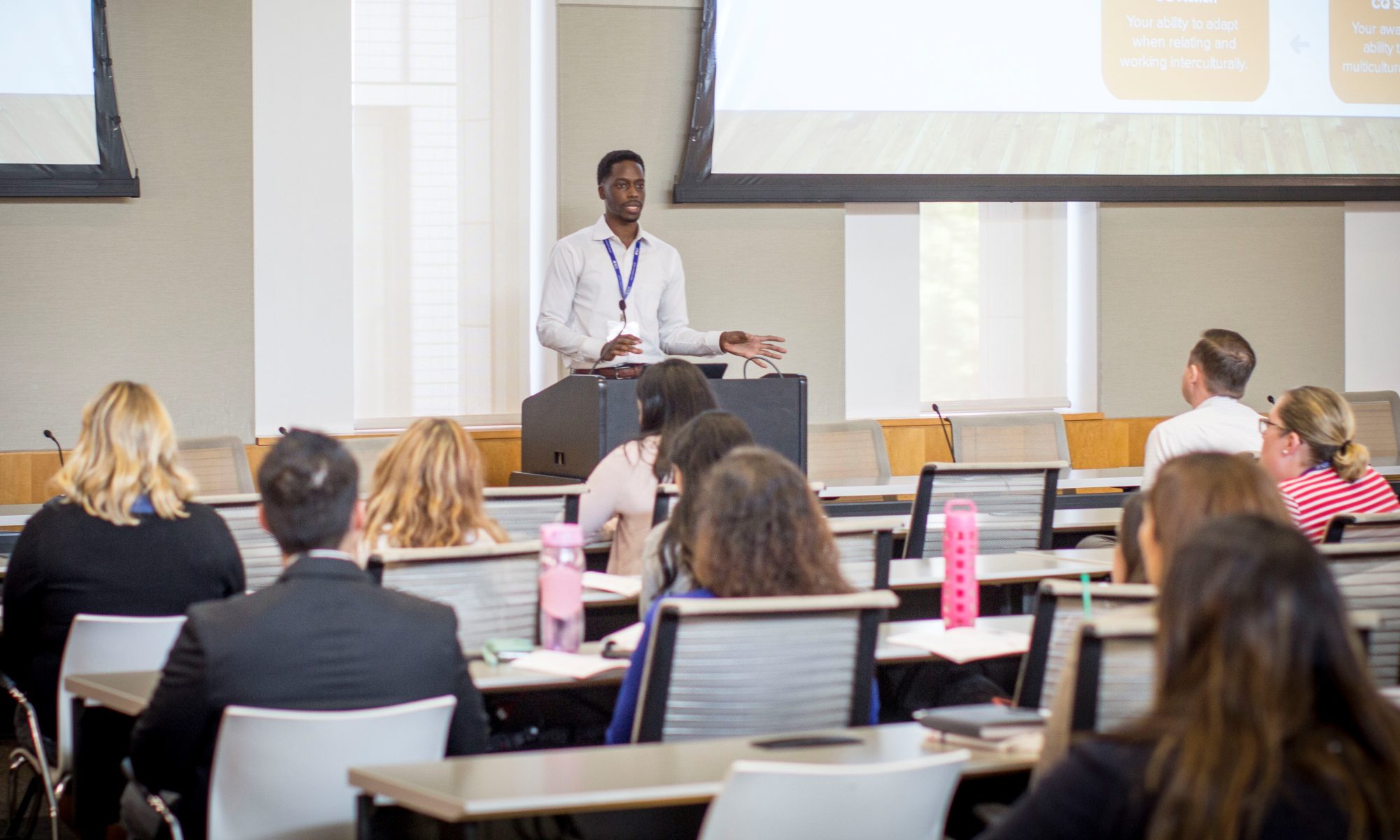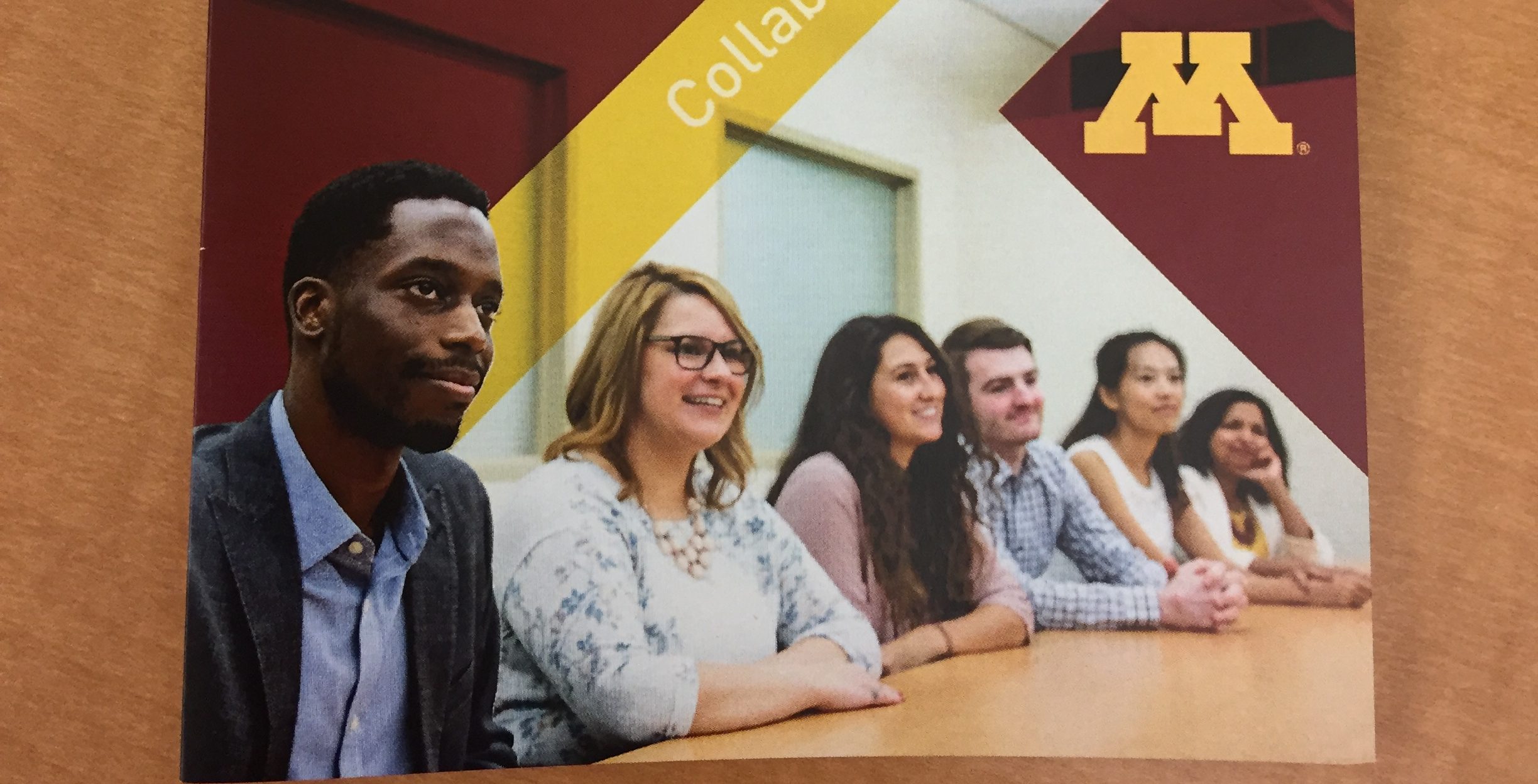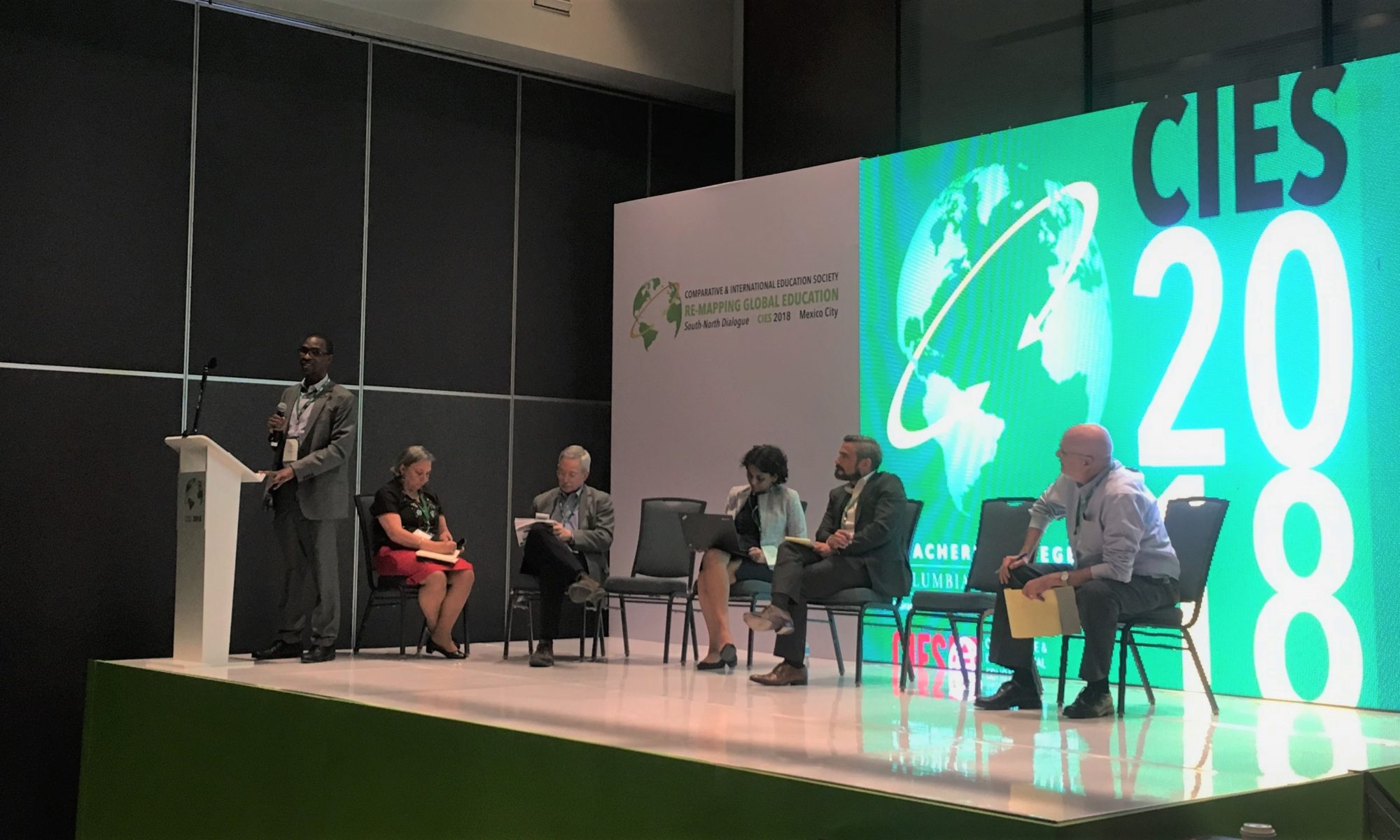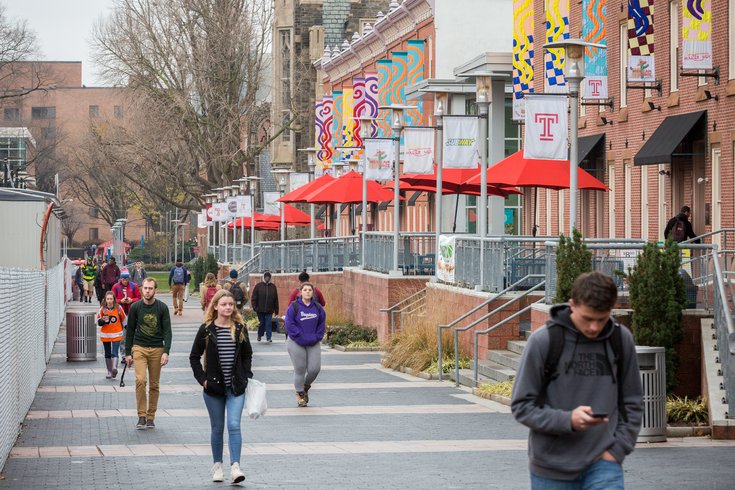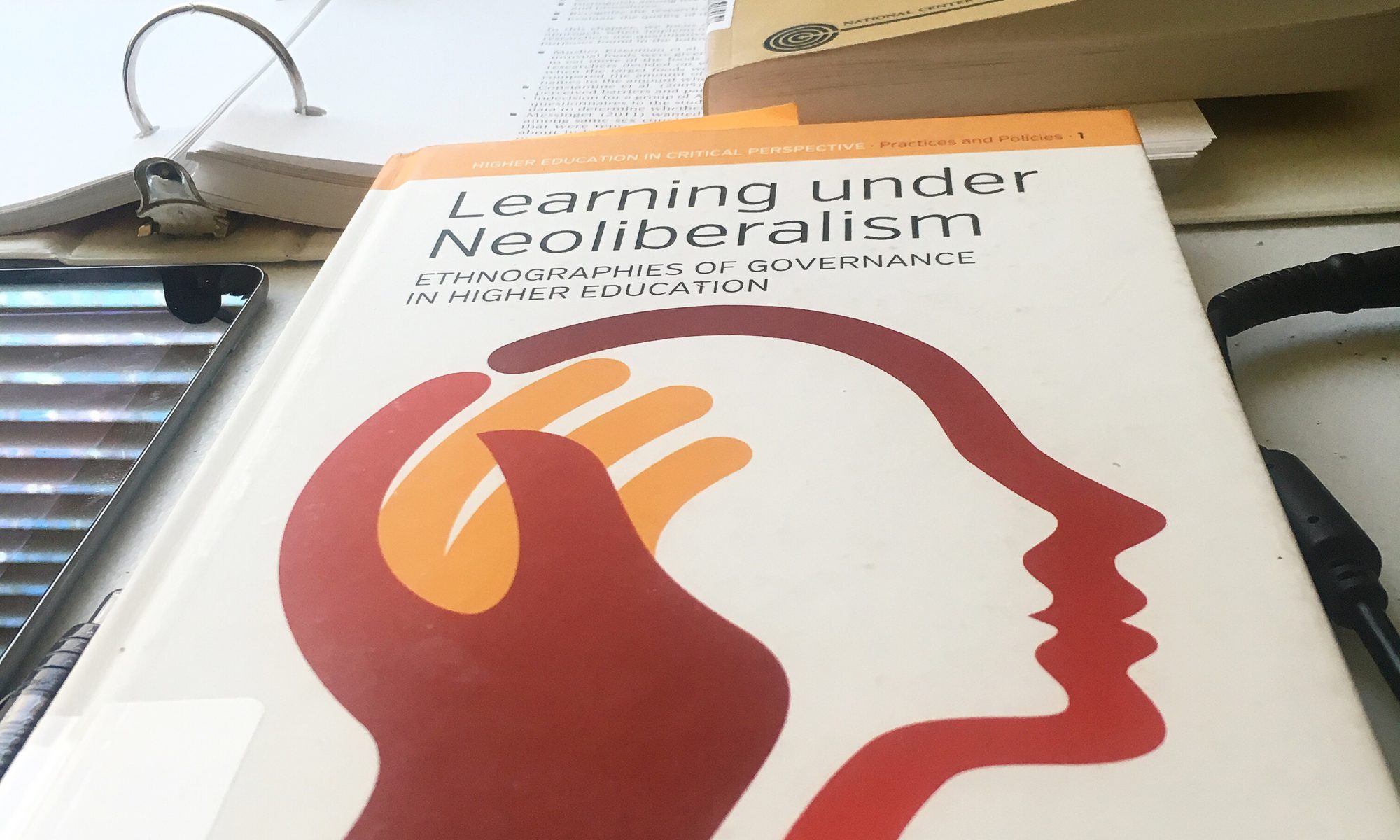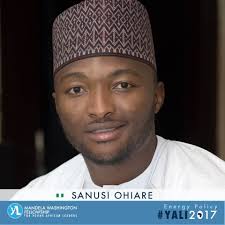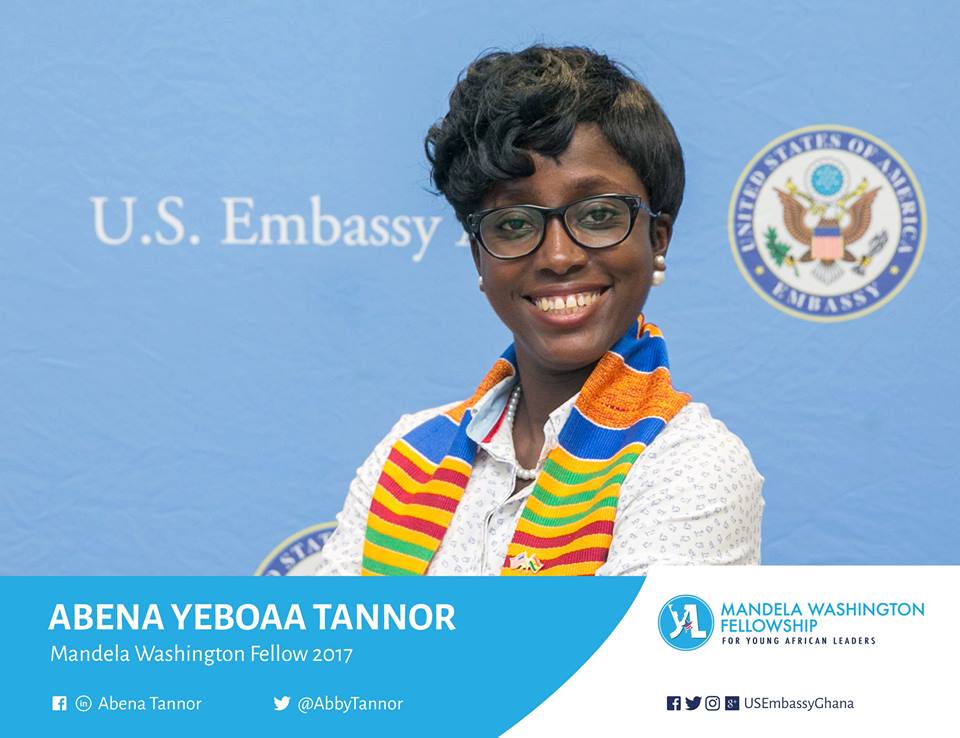The opportunity to partner with a well-endowed institution will always be attractive from the perspective of a less-endowed institution, but as new partners seek to enter the African health market through higher education, institutions that are already working in these communities should set the ground rules.
For anyone concerned with international development on the African continent there are two fields that require our immediate attention: tertiary education and public health. Not to say that these are more important than other areas of development, but they do have massive implications for the global economy and human rights.
According to the United Nations report on World Population Prospects, Africa’s population is expected to double by 2050, reaching approximately 2.4 billion people, from 1.2 billion currently. Meanwhile, the state of public health in African countries has been well-documented as being in dire need of reform. Yet, national governments and their respective agencies have only been able to accomplish so much on their own due to challenges of corrupt governance, weak infrastructure and lack of resources.
The World Health Organization posits that Global Health Partnerships offer support in achieving goals of reducing health inequality that organisations could not reach alone.
Linking tertiary education and public health is significant because colleges and universities play a unique role in solving health challenges, from treating non-communicable disease to HIV/AIDS. From my time observing higher education institutions in Nigeria, I’ve discovered tremendous amounts of human capital with simply inadequate facilities. This is a major reason why the opportunity to partner with a well-endowed institution will always be attractive from the perspective of a less-endowed institution.
As the world awaits the much-anticipated ‘African Renaissance’, observers are expecting colleges and universities to lead the way. However, we must recognise that participating in a system dominated by Western institutions has major implications that are both explicit and implicit. Thus, this scenario speaks to a topic heavily debated amongst pan-African scholars: whether to de-link from or participate in the market-driven field of globalisation.
I am of the opinion that cross-border higher education collaborations will undoubtedly continue to rise and therefore should be administered in the best interests of the public good. For all who are following university global health partnerships, I am putting forward three points of consideration while observing the field based on examples from current cases.
Recognise levels of participation – US
I applaud the efforts of all institutions working to improve global health but also recognise that definitions of equity and social justice might be different. For example, a recent article published by NPR exposes a problematic approach to how the American College of Physicians prepared guidelines for ethical obligations during short-term global health partnerships in low-resource countries.
The initiative was well-intended in its effort to establish an approach to partner reciprocity; however, they failed to include any authors from representatives of the developing countries mentioned. Thus, the position paper will be circulated widely as the ‘standard’ for operating in African countries based on the perceptions of outsiders.
This missed opportunity highlights ways in which even well-intentioned approaches to equitable collaborations can widely miss their mark. Questions to consider when forming partnerships are how do we define ‘partnership’ and how might definitions change across contexts (time, space and partners)?
Internal instability reflects externally – Nigeria
The Consortium of Universities for Global Health (CUGH) builds interdisciplinary collaborations and facilitates the sharing of knowledge to address global health challenges. At the time of this writing, the home page of the CUGH proudly lists the University of Ibadan (UI) College of Medicine in Nigeria as its newest member institution. With this association, UI now joins an elite group of ‘world-class’ institutions offering health programmes, from Harvard to Seoul National University.
When I first started working in an international office at a university, my director would always use the excuse of a country not being ‘safe enough’. However shallow, this belief is widely held and limits the creation of new partnerships with institutions in less-developed countries. Just last month, over 100 students of the UI College of Medicine assembled a protest in resistance to increasing university fees. Such protests happening at higher education institutions in Nigeria have become a reoccurring hinderance to progressive development.
I wonder how this protest and others might affect the perception of partners with the UI College of Medicine? My point here is that without having smooth internal governance, higher education institutions in Nigeria and other African countries should be wary of bringing partners into unstable environments.
The market is open – Rwanda
A bolder approach to global health is provided by the non-profit organisation Partners in Health, which is gearing up to launch the University of Global Health Equity (UGHE) in Butaro, Rwanda by January 2019.
UGHE will be a fully residential campus offering academic degree programmes with a “mission of teaching focused on health care delivery”. This strategy bypasses partnership with Rwandan universities and establishes a university on its own. The investment will absorb the demand for health education where little advancement would have been made otherwise.
In recognition of global health’s controversial history of unethical practices, we are seeing buzz words like ‘equity’ and ‘social justice’ used in partnership discourse to counter the unequal balance of power.
Michelle Morse, deputy chief medical officer for Partners in Health, states that “attention to the guiding principle of reciprocity and a focus on research to build capacity and public sector strength should help to prevent this imbalance” of US domination in research activities.
The opening of branch campuses like UGHE in foreign countries is made possible in part by the introduction of tertiary education to the list of tradeable services within the General Agreement on Trade in Services. Although UGHE is based in Rwanda, its parent company, Partners in Health, is headquartered in Boston and the board of directors is largely comprised of Americans.
If the UGHE case proves to be a success, then I foresee an increasing number of private corporations following suit in what some are considering a ‘21st century scramble for Africa’.
Conclusion
Global health partnerships are attractive because they provide a myriad solutions to current, critical needs in African countries. At the same time, engagement is bound to persist based on the reality of local needs and a universal recognition of the benefits to partnership.
The role of higher education within all of this should not be underestimated. Colleges and universities in Africa that have schools of health should be at the forefront of addressing challenges faced by local citizens.
As new partners seek to enter the African health market through higher education, institutions that are already working in these communities should set the ground rules. Keeping in mind democratic principles when collaborating is a solid framework but individuals who will serve as change agents are needed.
